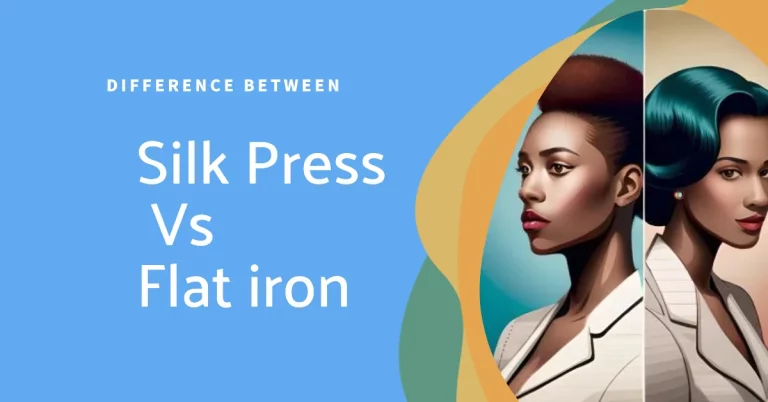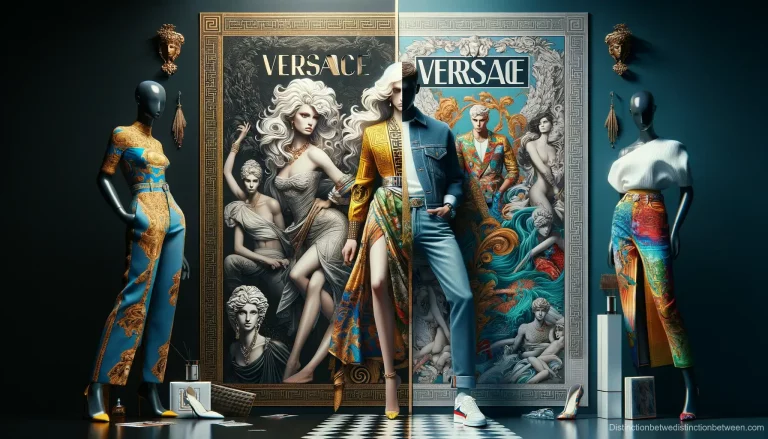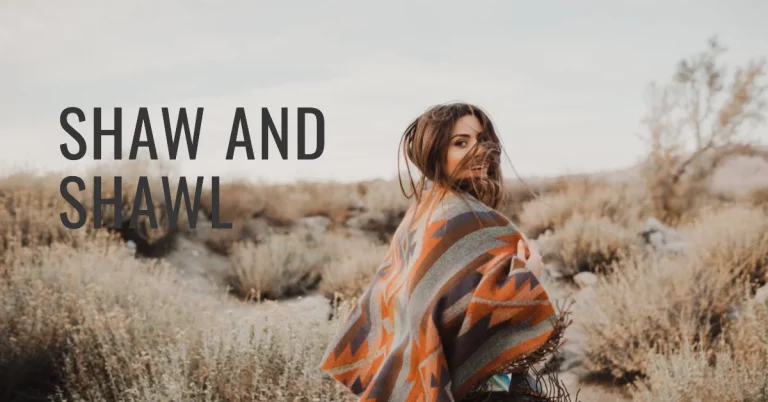Difference Between Dermabrasion and Chemical Peel

Dermabrasion and chemical peel are two popular skin care treatments that aim to improve the skin. Both procedures use removing dead skin cells to reveal the fresh, new skin underneath.
Dermabrasion is a more invasive procedure that uses a rapidly rotating device to literally sand off the outer damaged layers of the skin.
Chemical peels use a chemical solution to dissolve the bonds between skin cells and allows the outer layers to peel away.
The main differences are depth of treatment, healing time, results, procedure, suitable candidates, risks and side effects.
This article will delve into the details of these procedures, their differences, and help you determine which treatment is best for your needs.
Here is a table that summarizes the differences:
| Feature | Dermabrasion | Chemical Peel |
|---|---|---|
| Type of exfoliation | Physical | Chemical |
| Depth of penetration | Deep | Superficial to deep |
| Skin conditions treated | Acne scars, wrinkles, age spots, sun damage | Fine lines, wrinkles, age spots, hyperpigmentation, acne |
| Recovery time | 1-2 weeks | 1-10 days, depending on the depth of the peel |
| Pain | Moderate to severe | Mild to moderate |
| Risk of side effects | Scarring, infection, prolonged redness | Irritation, dryness, peeling |
| Cost | $500-1,500 | $200-1,000 |
What is Dermabrasion?

Dermabrasion is a minimally invasive, non-surgical procedure that uses a handheld device to physically exfoliate the top layer of skin. It’s a popular treatment for reducing the appearance of fine lines, acne scars, and hyperpigmentation. Dermabrasion works by removing the outer layers of skin, stimulating the body’s natural healing process, and promoting the growth of new, smoother skin.
According to the Mayo Clinic, dermabrasion can treat a variety of skin issues, including sun damage, fine wrinkles, and certain types of scars. However, it’s not suitable for all skin types and conditions, and there may be some downtime associated with the healing process.
What is a Chemical Peel?

A chemical peel involves the application of a chemical solution to the skin, causing the top layer to peel off and reveal the newer, less damaged skin underneath. The type of chemical peel (light, medium, or deep) determines the depth of exfoliation.
The American Society of Plastic Surgeons explains that a chemical peel can improve acne or acne scars, fine lines and wrinkles, irregular skin pigmentation, and sun-damaged skin. However, it can’t treat deep facial lines or significantly tighten loose or sagging skin.
Differences Between Dermabrasion and Chemical Peel Procedures

Here are some of the main differences between dermabrasion and chemical peels:
- Depth of treatment
- Dermabrasion removes deeper layers of skin than a light or medium chemical peel.
- However, deep chemical peels can penetrate as deep as dermabrasion.
- Healing time
- Dermabrasion has a longer recovery time of 7-14 days.
- Light chemical peels take 3-7 days to heal, while deeper peels take up to 2 weeks.
- Results
- Dermabrasion is very effective at reducing fine lines, wrinkles, acne scars, and other scars.
- Chemical peels improve skin texture, reduce acne and dark spots, and smooth fine lines.
- Deeper dermabrasion gives more dramatic results for severe scarring.
- Procedure
- Dermabrasion is more invasive, requires numbing, and sedation may be used.
- Chemical peels are applied topically to the skin with little discomfort.
- Candidates
- Dermabrasion works best on deep scars, lines, and severely sun-damaged skin.
- Peels are more suitable for treating lighter skin imperfections and some acne scars.
Recovery Process
The recovery process also differs for each treatment:
- Dermabrasion
- Redness, swelling, oozing, scabbing in first 7-14 days
- Strict sun avoidance, use of antibiotic ointment
- Swelling subsides after 2 weeks, redness fades after 1 month
- Chemical Peels
- Stinging, burning, redness, tightness right after treatment
- Crusting, peeling, flaking around 3-7 days after
- Temporary dark spots, numbness, scabbing with deep peels
- Avoid sun, use moisturizer, no makeup for a few days
FAQs
- What’s the difference between microdermabrasion and dermabrasion? Microdermabrasion is a lighter form of dermabrasion that only removes the superficial layer of the skin. It’s less invasive and has a shorter recovery time.
- Can I combine dermabrasion and chemical peel treatments? Yes, in some cases, these two treatments can be combined. However, this should only be done under the supervision of a qualified dermatology professional.
- Which one is better, dermabrasion or chemical peel? The right treatment depends on your skin type, the specific skin issues you want to address, and your personal preferences. It’s best to consult with a dermatology professional to determine which treatment will give you the results you desire.
Conclusion
Both are effective skin care treatments that can improve the appearance of your skin. The best choice between the two depends on your individual skin type, needs, and the specific skin issues you wish to address. Always consult with a dermatology professional before deciding on a treatment plan.







